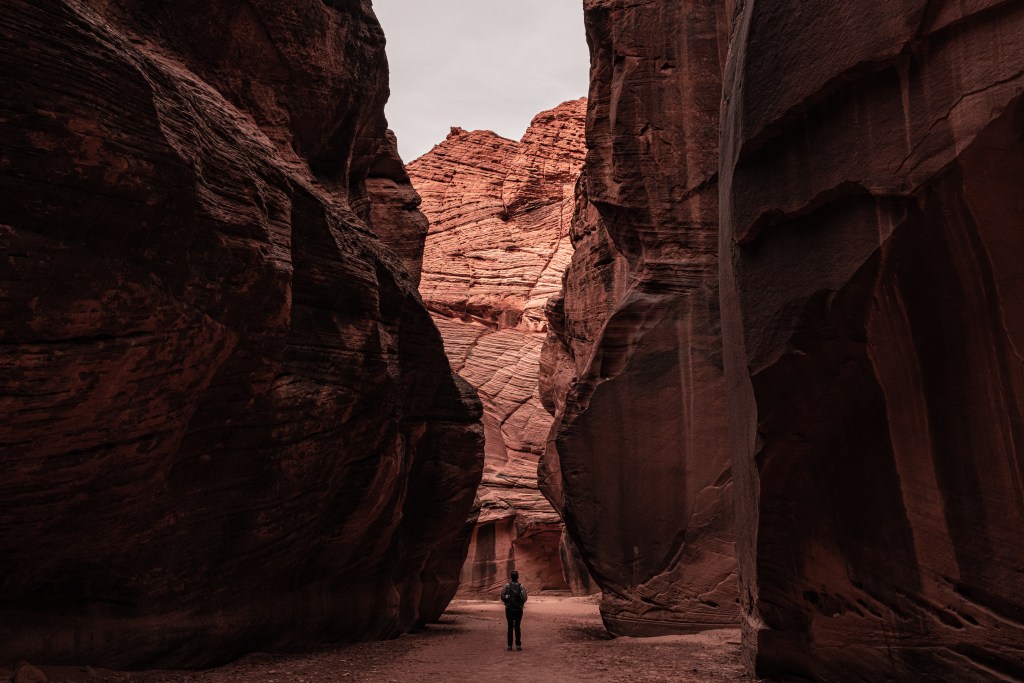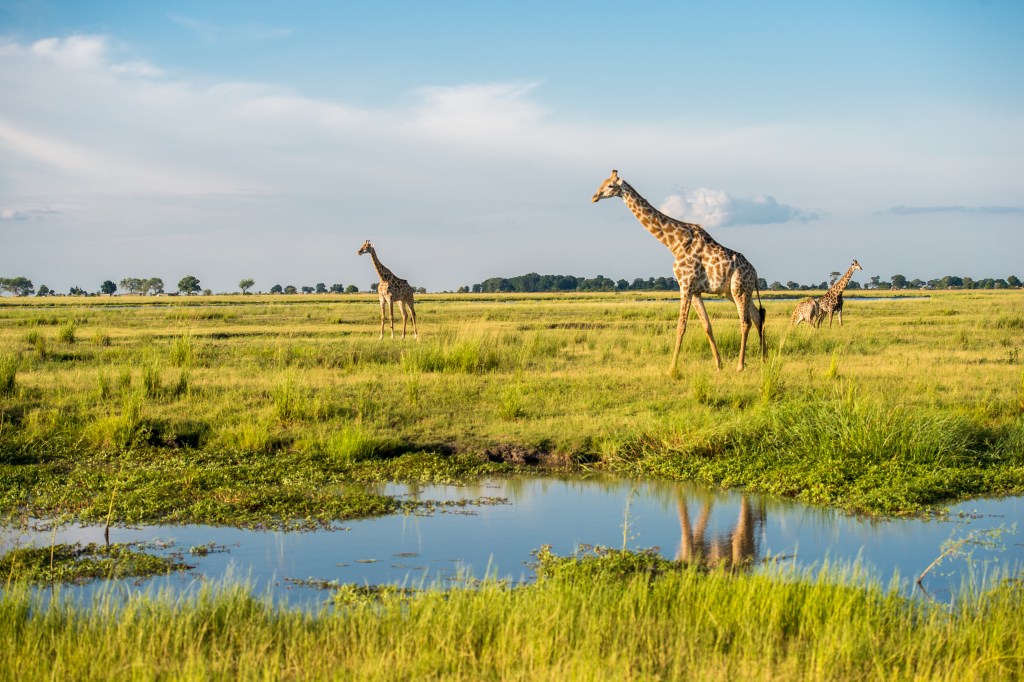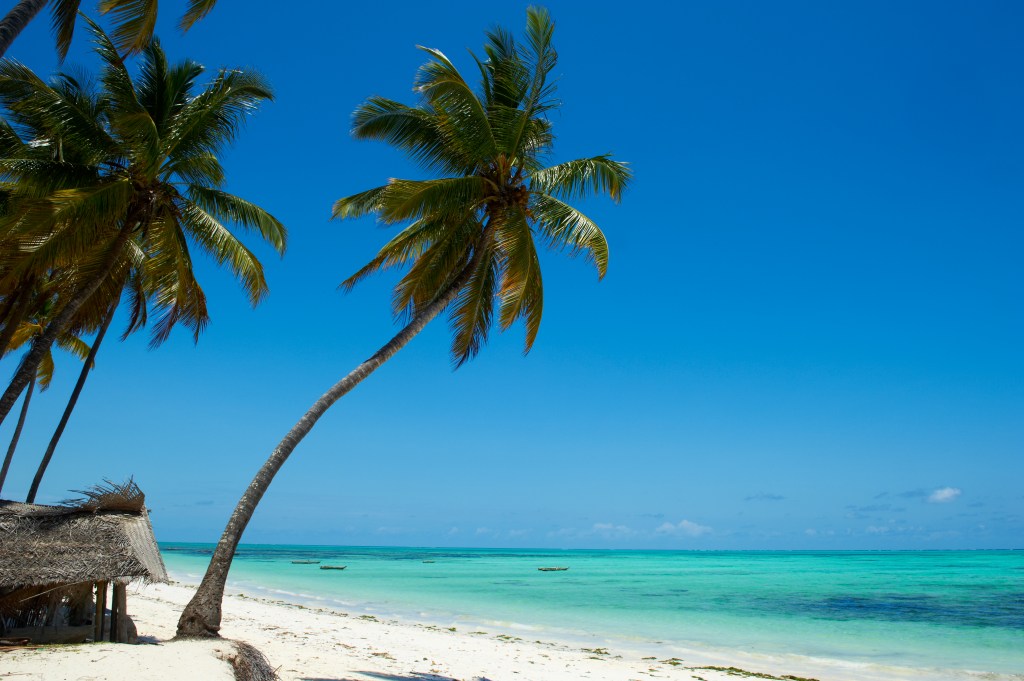I’m in the middle of a suitcase revolution.
For years, I’ve faithfully stuck to my Muji carry-on. It’s slightly smaller than other models, so it fits in just about every overhead cabin. It’s also deceptively smooth and reliable despite its budget-friendly price tag.
I usually recommend travelers stick to a carry-on over a checked suitcase for reasons like ease of transportation, saving on checked luggage fees, and avoiding the risk of lost luggage.
Still, there are plenty of reasons that you might want a reliable check-in.
If you plan on doing a lot of shopping on vacation, you might want all the spare room you can get. If you’re traveling during winter, it might not be possible to pack all the necessary layers in a carry-on. The same if you have kids with you.
Regardless of why you’re flirting with buying a piece of check-in luggage, I have one piece of advice: it’s worth it to splurge.
Just like I’ve started paying more to fly with legacy airlines over budget competitors, I’ve seen the light when it comes to luxury luggage—and I won’t go back. Here’s why I’m avoiding cheap check-in luggage from here on out thanks to my shiny new Carl Friedrik carry-on suitcase.
[Carl Friedrik provided me with The Check-In in exchange for an honest review. All opinions are my own.]
About me, about luxury luggage, about the metrics
Let’s discuss price points first.
When I say luxury luggage, I’m talking about check-in pieces from established, well-respected brands that cost over $500 per piece. While that probably seems exorbitant, many budget luggage brands hit the $300-400 and might go up to $1,000; by contrast, high-fashion brands like Louis Vuitton list their check-ins at $3,500.
So, though I’m discussing high-quality and luxury luggage, the price points are justified.
Specifically, I’m comparing my experience traveling between Barcelona, Spain, and St. Louis, USA with two pieces of checked luggage: Samsonite’s Framelock Max Large Spinner ($237) and Carl Friedrik’s The Check-In ($646).
The Samsonite piece was my own, while The Check-In from Carl Friedrik was gifted in exchange for an honest review. To be blunt, I was a little worried that I’d accept the offer and then be forced to write a subpar review. Instead, the Carl Friedrik suitcase made me feel things. (Good things.)
The experience made me wonder… why haven’t I splurged on luggage sooner?
3 reasons I’m sticking with luxury luggage
Reason #1: The handling experience was smooth—but also rugged-ready
From the outside looking in, the Samsonite and Carl Friedrik products don’t look too different. Samsonite is a trusted luggage brand that’s been around for a century—they know what they’re doing, and I love how accessible Samsonite pieces are.
Samsonite suitcases expand to let you stuff them to the brim, they’re hardy enough to handle a few hits, and they’re usually on sale at an outlet store.
They’re also made from quality materials… but not necessarily high-end materials. By contrast, luxury luggage from Carl Friedrik is made with textiles like vegan leather, aluminum, and German-engineered polycarbonate. Plus, state-of-the-art wheels.
The silent wheel spinners were a surprise hit in that they were actually silent. I’m not joking—I live in the center of Barcelona’s old city with cobbled streets dating back decades.
When heading home from my cab, I was worried that the weight of my Carl Friedrik suitcase would harm the suitcase or compromise those wheels.
Not only did the wheels manage to survive, but they were almost silent even on an ancient cobblestone street. That’s elevated handling at its finest, and its thanks to those high-quality materials.
By contrast, my Samsonite suitcase also made it… but woke up my neighbors on the way.
Reason #2: The Carl Friedrik suitcase keeps everything nice and tight
Let’s move on to the experience of packing. My Samsonite suitcase had standard zipped compartments with a few spare pockets. By contrast, my Carl Friedrik piece had one zipped side and a removable panel to cover the other side.
Neither setup left an overly strong impression on me. (I like to think I’m a very savvy packer.)
Once again, however, I wondered how my Carl Friedrik piece would fare without those expandable side seems. Samsonite’s luggage has a two-inch grace limit so you can stuff your suitcase to the brim after a long vacation—but the Carl Friedrik Check-In doesn’t.
In reality, the packing experience was a lot better without the clumsy two-inch expandable seems. Not only did it make handling the suitcase much easier, but this was the point that I started to realize just how secure the Carl Friedrik Check-In is.
With two TSA-approved locks connecting the bag, there was no awkward seem, just a perfectly zipped check-in suitcase that could manage its weight well.
And let me tell you, both the Samsonite and Carl Friedrik suitcases were stuffed to the brim.
Thanks to its high-end construction, the contents in my Carl Friedrik piece barely moved throughout the journey.
Though my Samsonite bag kept my belongings safe and secure, the suitcase felt ‘loose’, if that makes sense.
Reason #3: The difference in price is proportionate to the difference in experience
After reviewing my experience with these suitcases, I felt surprised that the Carl Friedrik Check-In isn’t more expensive.
On top of its expert handling and high-quality materials, I was happy that the suitcase felt and looked nice without overtly advertising its price—in my head, that minimizes the chances that someone will steal it.
My one critique is that the Carl Friedrik Check-In did get a little dinged on the multi-leg journey across the Atlantic. However, the small black mark doesn’t bother me—and I also went with the lightest color option available. If you’re worried about small dings, go for a darker color; I doubt you’ll notice it.
Here’s my conclusion on luxury luggage thanks to my experience with the Carl Friedrik Check-In: if you’re an avid traveler who struggles to get your current check-in suitcase from the parking lot to the check-in counter, then start saving for your next purchase.
By spending only a few hundred more dollars, you’ll have a bona fide ride-or-die suitcase at your side—one that probably comes with an attractive guarantee. (And make sure to check out the Carl Friedrik Check-In when you do!)











